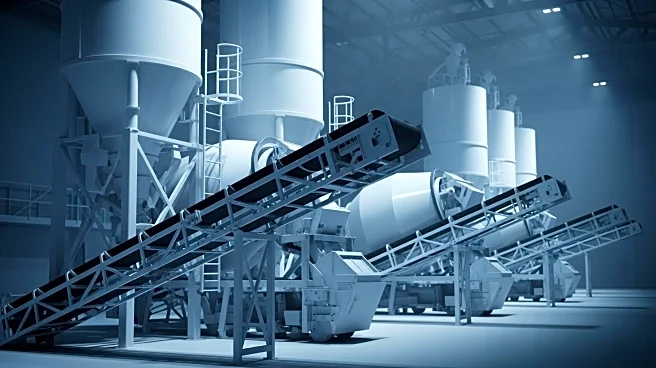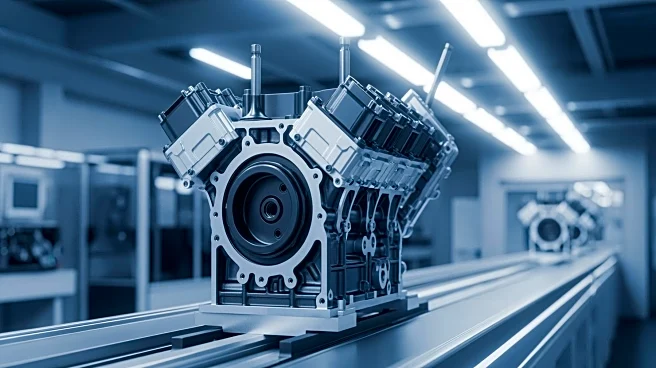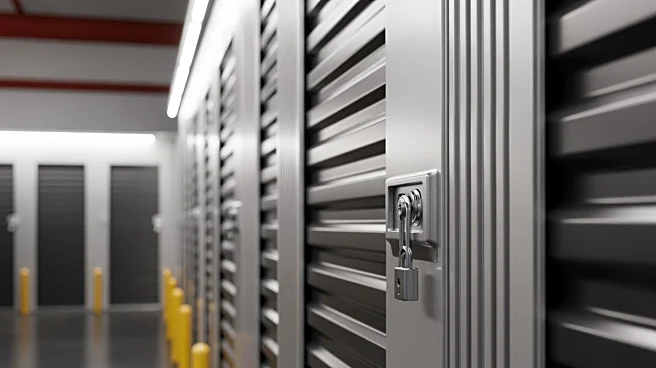What's Happening?
A new report by IMARC Group provides a comprehensive guide for setting up a concrete manufacturing plant, detailing the processes, costs, and financial considerations involved. The report covers market
trends, plant setup, machinery requirements, and investment opportunities. It highlights the growing demand for concrete driven by urbanization and infrastructure development, as well as the increasing interest in sustainable building materials. The report also examines the financial metrics necessary for decision-making, including capital investments, operating costs, and revenue projections.
Why It's Important?
The insights provided in the report are crucial for investors and businesses considering entering the concrete manufacturing industry. As urbanization and infrastructure projects continue to expand globally, the demand for concrete is expected to rise. Understanding the financial and operational aspects of setting up a manufacturing plant can help businesses make informed decisions and capitalize on market opportunities. Additionally, the focus on sustainable materials aligns with global trends towards environmentally friendly construction practices, potentially offering a competitive advantage.
What's Next?
Investors and companies may use the report to evaluate the feasibility of establishing new concrete manufacturing plants. This could lead to increased investment in the sector, particularly in regions experiencing rapid urban growth. The emphasis on sustainable materials may also drive innovation in concrete production, encouraging the development of low-carbon and recycled materials. As the industry evolves, regulatory frameworks may adapt to support sustainable practices, influencing market dynamics and competitive strategies.
Beyond the Headlines
The report's focus on sustainability reflects a broader industry shift towards reducing environmental impact. This trend may influence other sectors within construction, prompting a reevaluation of materials and methods used in building projects. The adoption of new technologies, such as 3D printing and nanotechnology, could further transform the industry, offering new possibilities for design and efficiency.











